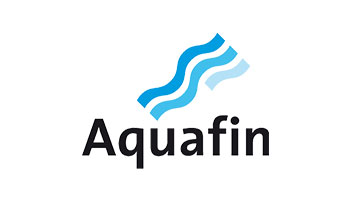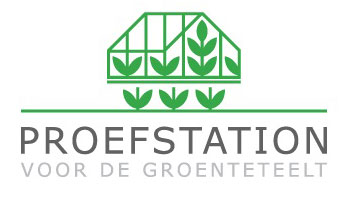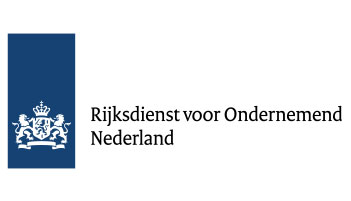Komkommers kweken met RWZI afvalwater
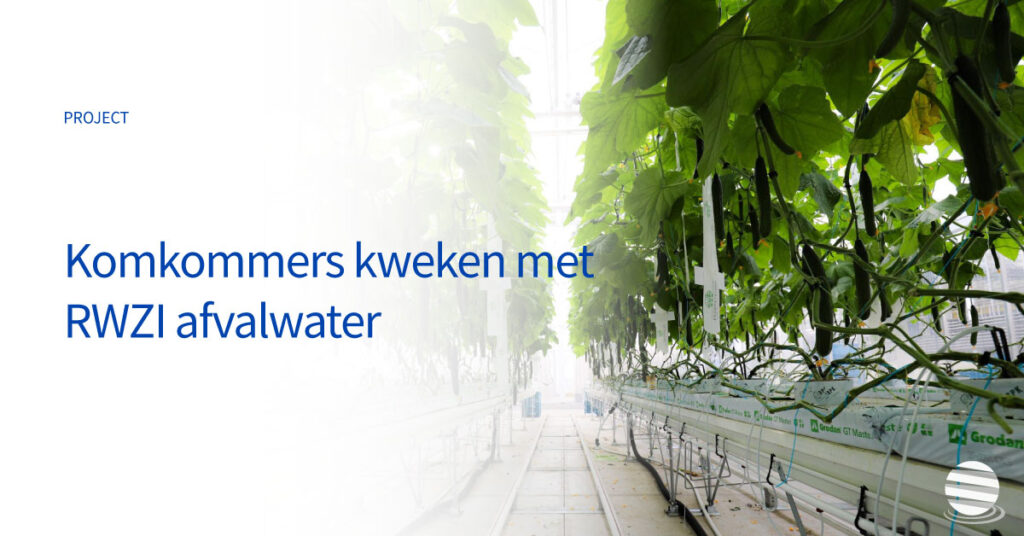
Water Future kweekt komkommers door het gebruik van water afkomstig uit rioolwaterzuiveringsinstallaties (RWZI’s)
Het grootste deel van het water wat op dit moment in de land- en tuinbouw gebruikt wordt voor irrigatie is afkomstig uit regen-, grond-, of oppervlaktewater. De sector is grootgebruiker als het gaat over de zoetwatervoorraad wereldwijd. Door het veranderende klimaat kan er echter niet altijd meer geput worden uit deze bronnen. Er ontstaat schaarste.
Een van de bestaansrechten van Water Future is het leveren van een bijdage aan dit schaarsteprobleem. Hoe kan op een duurzame manier water beschikbaar worden gesteld voor de land- en tuinbouwsector?
Een van de mogelijke oplossingen blijkt te liggen in het gebruik van water wat afkomstig is afvalwater. Kan water van een rioolwaterzuiveringsinstallatie (RWZI) gebruikt worden voor het kweken van de gezonde gewassen van de toekomst? Daarnaar wordt onderzoek gedaan door Water Future en samenwerkende partijen.
Doel van de proef is het kweken van komkommers in een tuinbouwkas met behandeld RWZI water. Hier komen onder andere ultrafiltratie en ontzouting aan te pas, waarmee bacteriën, virussen en schadelijke Natrium Chloride verwijderd wordt. Komkommers zijn een erg gevoelig gewas beperkte Natrium tolerantie.
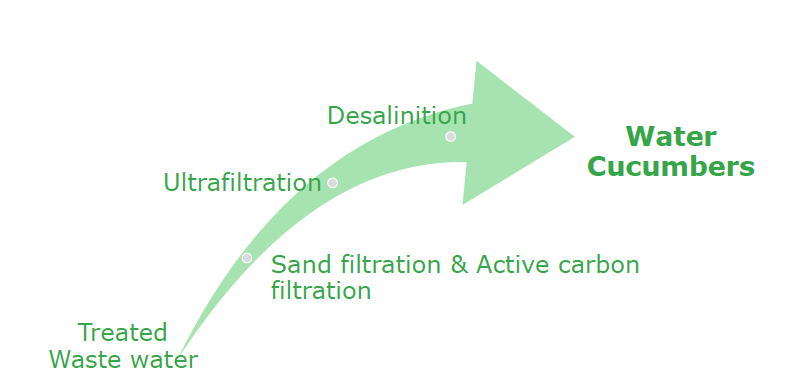
Wat blijkt? Het is prima mogelijk om komkommers te kweken met deze nieuwe waterbron. De komkommers afkomstig uit de test zijn even goed als de komkommers die gekweekt worden met behulp van de traditionele waterbronnen.
Om het probleem van schaarste extra aan te pakken heeft Water Future het gebruikte RWZI water ook nog hergebruikt. Dit water wordt voor de recirculatie behandeld om Natrium ophoping te voorkomen. Daarnaast kan er tot wel 80% aan water, multivalente- en micronutriënten bespaard worden. Deze innovatieve techniek voorkomt ook nog eens de emissie van gewasbeschermingsmiddelen (BZG goedkeuring)
Het is dus gewoon mogelijk om afvalwater van RWZI’s te gebruiken in de landbouw, wat houdt ons tegen?

